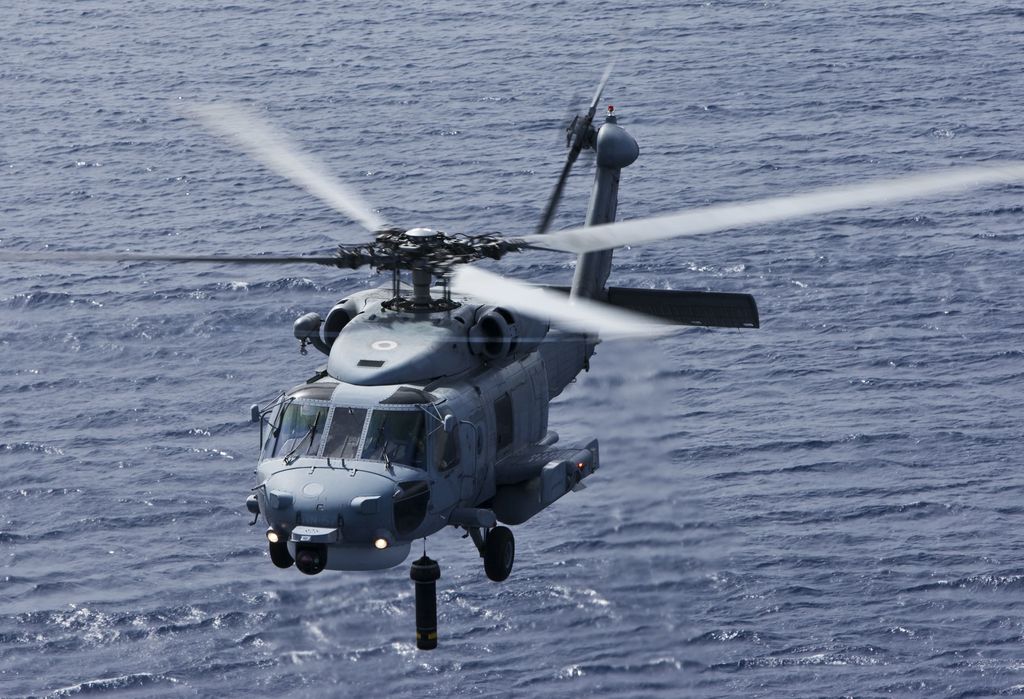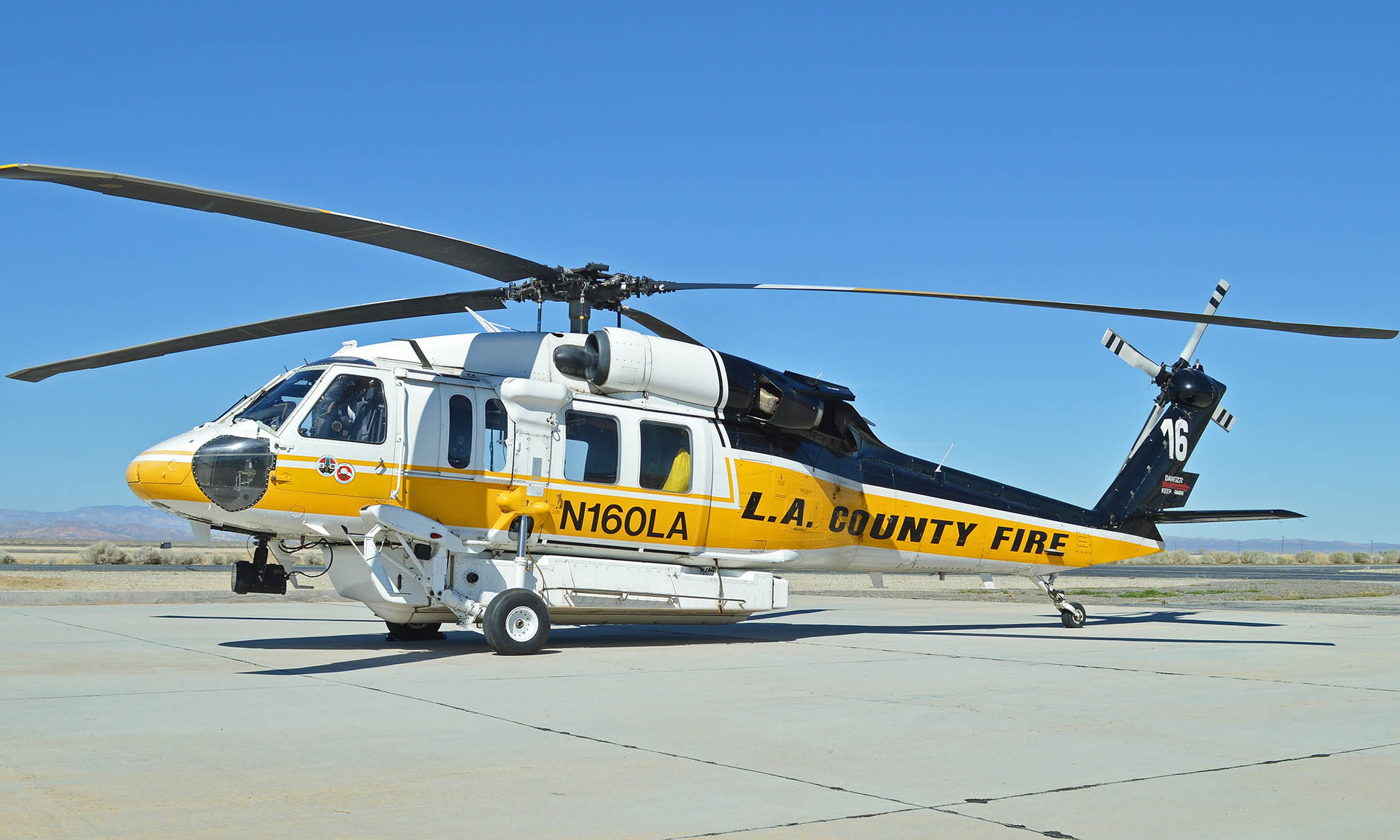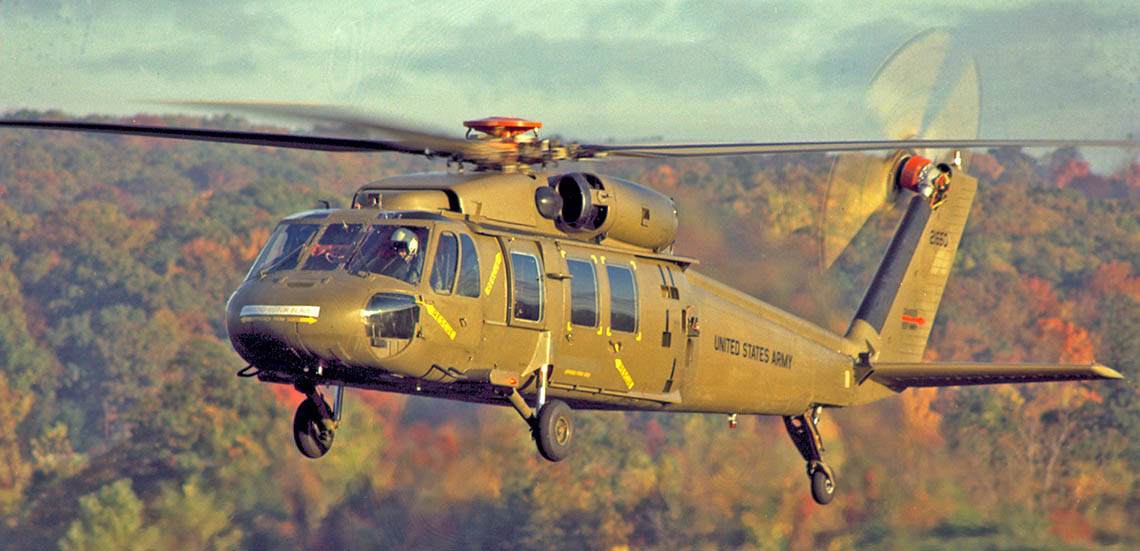Unveiling the Sikorsky S 70: Innovations and Advances in Helicopter Engineering
Unveiling the Sikorsky S 70: Innovations and Advances in Helicopter Engineering
Blog Article
High-Performance Multi-Role Rotorcraft Featuring Advanced Cockpit Technologies and Integrated Sensor Equipments
The world of rotorcraft technology has actually seen significant improvements in current times, specifically in the realm of high-performance multi-role rotorcraft outfitted with advanced cockpit technologies and flawlessly incorporated sensor systems. These advancements have not just augmented the operational capabilities of rotorcraft however have likewise significantly affected modern-day air travel operations on various fronts. From boosted goal versatility to enhanced operational performance, the merging of innovative cockpit modern technologies and incorporated sensing unit systems has actually introduced a brand-new era of opportunities for rotorcraft applications. In the following conversation, we will explore the advancement of rotorcraft technology, explore the world of advanced cockpit technologies, and check out the implications of incorporated sensor systems on the functional convenience and effectiveness of modern-day rotorcraft.
Development of Rotorcraft Technology
The advancement of rotorcraft innovation has actually been marked by substantial innovations in the rules of aerodynamics, materials, and propulsion systems, forming the capabilities and efficiency of modern-day rotorcraft. Aerodynamic improvements have actually boosted the performance and maneuverability of rotorcraft, permitting increased speed, dexterity, and stability throughout trip (sikorsky s 70). Developments in products, such as making use of composite products and advanced alloys, have actually caused lighter yet stronger rotorcraft frameworks, boosting total performance and durability. Additionally, advancements in propulsion systems, including a lot more effective engines and cutting-edge propulsion technologies, have enabled rotorcraft to accomplish higher elevations, faster speeds, and better payloads.
These improvements have not just changed the capacities of rotorcraft yet have actually also expanded their applications across various markets, consisting of military, industrial, and emergency services. The constant evolution of rotorcraft innovation continues to drive advancement in the area, pressing the boundaries of what is feasible and forming the future of vertical flight.
Advanced Cabin Innovations
Building upon the fundamental improvements in the rules of aerodynamics, materials, and propulsion systems, the world of rotorcraft innovation now shifts emphasis towards pioneering Advanced Cockpit Innovations. The assimilation of innovative technologies within the cabin environment plays a vital function in boosting the operational capacities, safety and security, and performance of modern rotorcraft. sikorsky s 70. Advanced Cockpit Innovations encompass a vast range of functions developed to offer pilots with enhanced situational awareness, structured information monitoring, and user-friendly control user interfaces
Among the essential advancements in cockpit style is the execution of glass cockpits, which replace traditional analog evaluates with high-resolution displays. These digital systems offer adjustable formats, real-time information combination, and boosted readability, allowing pilots to access important details at a glimpse. Additionally, advanced avionics systems, such as fly-by-wire controls and augmented fact displays, are changing how pilots communicate with the airplane, allowing for accurate control and improved decision-making capacities.


Incorporating sophisticated cabin innovations not just enhances pilot efficiency but likewise contributes to total goal efficiency and safety in complex operational atmospheres. By leveraging modern modern technologies within the cabin, rotorcraft producers are establishing new criteria for operational quality and mission success.
Integrated Sensing Unit Systems
With the advancement of rotorcraft technology, the assimilation of innovative Integrated Sensing unit Solution has ended up being extremely important in enhancing functional efficiency and safety and security. These Integrated Sensing unit Solutions incorporate a broad array of technologies that provide important information for various functions such as navigating, monitoring, targeting, and environmental surveillance. By perfectly incorporating sensing units like radars, cams, lidar, and infrared systems right into rotorcraft, drivers can gain from boosted situational awareness, improved goal capabilities, and lowered pilot workload.
One trick advantage of Integrated Sensing unit Equipments is their ability to collect real-time information and give actionable insights to pilots and objective operators. For example, progressed radar systems can discover and track targets over cross countries, allowing for very early hazard detection and efficient reaction preparation. Additionally, incorporating electro-optical and infrared electronic cameras makes it possible for rotorcraft to conduct reconnaissance and monitoring goals with precision and accuracy.
Fundamentally, site web the assimilation of sophisticated sensing unit modern technologies right into rotorcraft not just enhances functional effectiveness however additionally adds dramatically to overall objective success and crew safety and security. As rotorcraft proceed to progress, the role of Integrated Sensing unit Equipment will unquestionably stay at the forefront of advancement in the aerospace industry.
Functional Adaptability and Performance
Enhancing operational versatility and effectiveness in rotorcraft is a natural development from the combination of innovative Integrated Sensor Systems. By leveraging the information and understandings given by these sophisticated sensing unit systems, rotorcraft can maximize their efficiency across numerous objectives and environments.
Operational convenience incorporates the capability of rotorcraft to adapt to different duties and situations efficiently. With innovative cabin technologies and incorporated sensor systems, rotorcraft can perfectly shift between jobs such as search and rescue, medical discharge, security, and a lot more. This flexibility enhances the rotorcraft's ability click this site to fulfill varied operational requirements without requiring extensive reconfiguration.
Performance in rotorcraft procedures is important for taking full advantage of goal efficiency and source usage. Integrated sensing unit systems play a critical role in improving functional efficiency by supplying real-time data on climate condition, surface mapping, target tracking, and extra. This data allows pilots to make enlightened decisions quickly, optimize flight courses, preserve fuel, and boost total mission efficiency.
Influence on Modern Aviation Workflow

Moreover, the combination of innovative sensors facilitates enhanced objective planning and execution, allowing rotorcraft to execute a wide variety of jobs with improved precision. From search and rescue procedures to aerial firefighting and police missions, the capabilities of modern-day rotorcraft geared up with innovative cockpit technologies and incorporated sensor systems are unmatched.
Furthermore, the influence of these advancements expands beyond operational performance to cost-effectiveness and sustainability. By maximizing flight courses, gas consumption, and upkeep routines, high-performance rotorcraft equipped with sophisticated cabin modern technologies and sensors contribute to lowering operational prices and environmental influence, making them important properties in modern aeronautics operations.
Verdict
In final thought, the high-performance multi-role rotorcraft with sophisticated cabin modern technologies and integrated sensor systems represents a substantial advancement in air travel innovation. These technologies boost operational convenience and efficiency, eventually affecting contemporary air travel procedures in a favorable means. The assimilation of these innovative modern technologies allows for improved capabilities and performance in various goal circumstances, showcasing the proceeded innovation of rotorcraft modern technology in the aeronautics industry.
The realm of rotorcraft technology has actually seen noteworthy advancements in recent times, particularly in the world of high-performance multi-role rotorcraft furnished with sophisticated cabin modern technologies and effortlessly incorporated sensing unit systems. From improved objective flexibility to improved operational effectiveness, the convergence of advanced cockpit innovations and incorporated sensor systems has actually ushered in a brand-new era of possibilities for rotorcraft applications. In the adhering to conversation, we will certainly discover the development of rotorcraft technology, dive into the world of innovative cockpit advancements, and take a look at the implications of incorporated sensing unit systems on the operational flexibility and effectiveness of modern-day rotorcraft.

Report this page